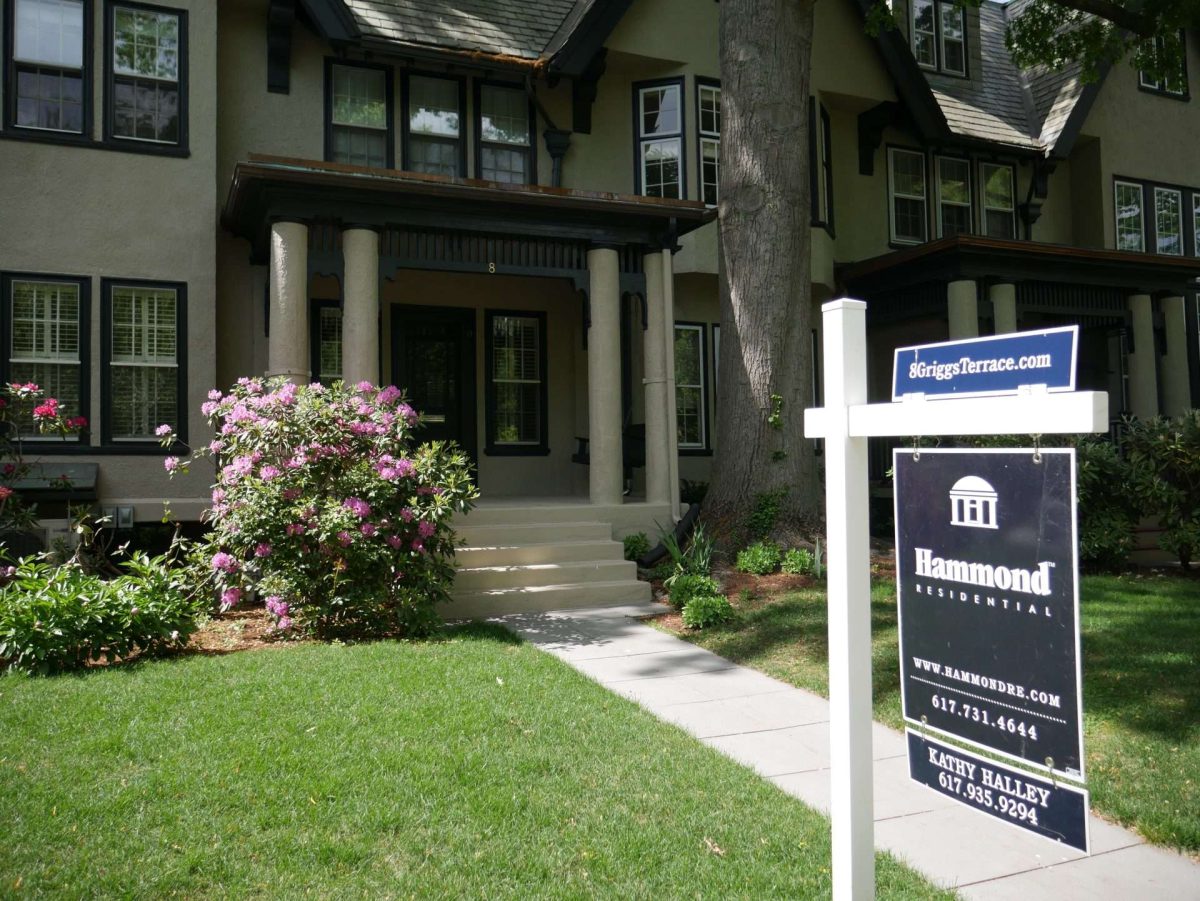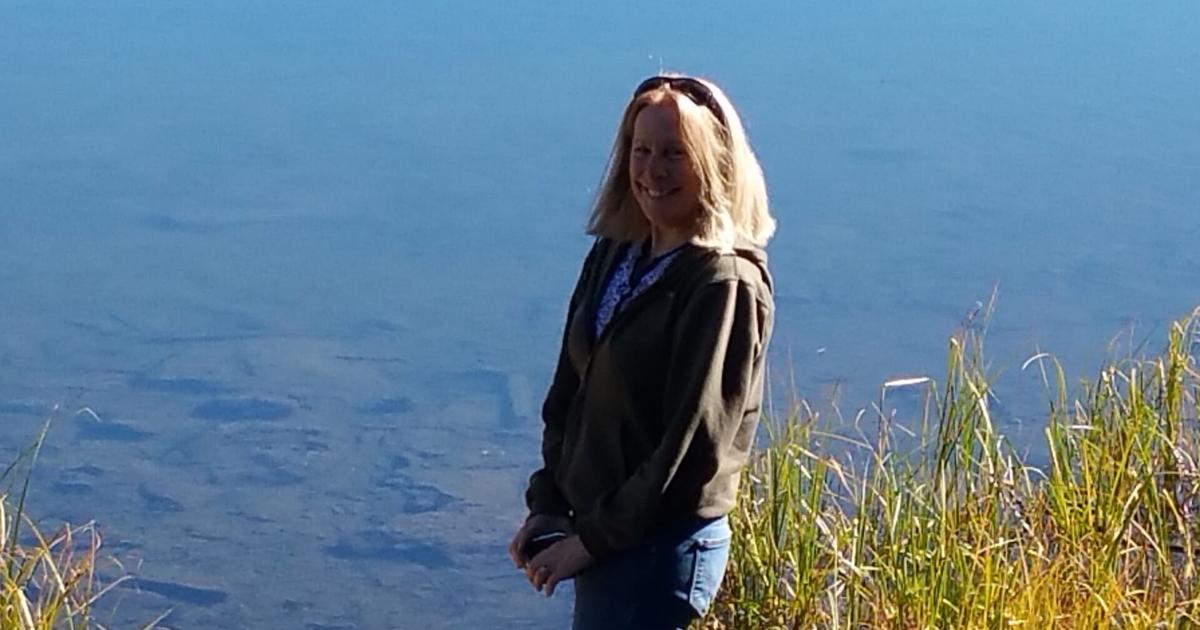R
eal estate is a unique profession. Agents escort strangers into unfamiliar homes, often in remote locations, at odd hours, and sometimes alone. Even the most outgoing agents must recognize the inherent dangers of the job. Safety in the field is a non‑negotiable priority, regardless of experience, gender, or neighborhood. Establishing reliable protocols and habits is essential in case a showing turns dangerous.
**Build Trust Early**
Before meeting a new client at a property, arrange a face‑to‑face introduction at your office or a public venue. If that’s impossible, a video interview works. This first encounter lets you set expectations, verify identity, and gauge behavior. Real estate is a people business; seeing a face often reveals intentions that a screen can’t.
**Create a Safety Chain**
A simple yet life‑saving measure is to capture a screenshot or photo of your showing schedule and share it with two trusted contacts—colleagues, friends, or family. Include client names and, when possible, vehicle details such as license plate and model. This documentation gives law enforcement a starting point if anything goes wrong.
**Park Wisely**
Always park so you can exit the property quickly. Avoid driveways or spots that could trap you, especially in tight cul‑de‑sacs or rural areas. A clear escape route can be the difference between safety and danger.
**Vet Every Attendee**
Require a driver’s license copy from anyone over 18 who will attend a showing. Use tools like the FOREWARN app to vet all participants, even if one person represents a group. Background checks help spot red flags and prevent fraud.
**Leverage High‑Tech and Low‑Tech Tools**
Carry a discreet personal alarm such as a Birdie; it emits a loud noise to deter attackers and attract help. Smartwatches with SOS features can share your location or call emergency services. Smartphone location‑sharing apps keep a trusted contact informed during late or remote showings. A simple metal nail file is a low‑tech, legal self‑defense tool that can be kept in a known spot for quick access.
**Consistency Is Key**
Safety measures only work if you apply them every time, not just when something feels off. Skipping steps invites avoidable risks.
**Protect the Property**
Your safety matters, but so does the homeowner’s. Some visitors pose as buyers while actually scouting for future burglaries. A thorough vetting process deters criminals and builds seller trust. Digital lockboxes leave a trail, but never grant unsupervised access. An agent’s presence remains the safest option.
**Make Safety a Culture**
Maintaining safety protocols for yourself and colleagues reflects professionalism, not paranoia. Bad actors can slip through, so rigorous identity verification, alarms, wearables, documentation, and consistency can save lives. Stay prepared, stay safe.















